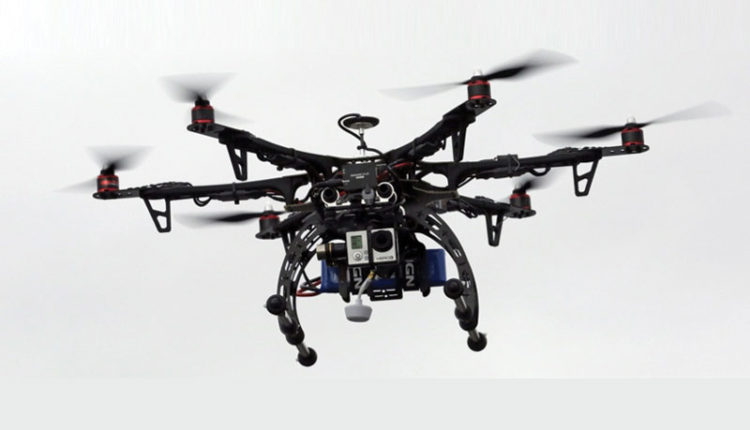
An unmanned aerial vehicle (UAV), commonly known as a drone, is an aircraft without a human pilot aboard. UAVs are a part of a system that includes a UAV, a ground-based controller and a system of communications between the two. UAVs may operate with varying degrees of autonomy. UAV’s may be remotely controlled or can fly autonomously through software-controlled flight plans in their embedded systems working in conjunction with onboard sensors and GPS.
The early use of UAVs was for missions too “dull, dirty or dangerous” for humans. Their use is rapidly expanding to commercial, scientific, recreational, agricultural, and other applications including policing, peacekeeping, surveillance, product deliveries, aerial photography, agriculture, smuggling, etc. Civilian UAVs now vastly outnumber military UAVs. They can be considered as a precursor to autonomous commercial applications like autonomous cars.
Drone Types and Sizes
Drones come in a wide variety of sizes. The largest are mostly used for military purposes such as the Predator drone.
The next in size are unmanned aircraft which have fixed wings and require short runways. These are generally used to cover large areas. Their applications are in geographical surveying, combating wildlife poaching, etc.
Next in size are VTOL (Vertical Take-Off and Landing) drones. Many of these are quad-copters but not all. VTOL drones can take off, fly, hover and land vertically.
Very small drones that can be launched from the palm of one’s hand are also being manufactured. The most commonly used design for small UAV’s is the quad-copter design.
Components
Body: UAV’s do not require a cockpit and an environmental control system. Some UAVs carry payloads (such as a camera) that weigh considerably less and as a result can be considerably smaller. UAVs designed for military applications are capable of carrying heavy payloads. However even these are lighter than their manned counterparts with comparable armaments.
Small civilian UAVs have no life-critical systems. Therefore, these are built out of lighter but less sturdy materials and shapes, and can use less robustly tested electronic control systems.
Control systems:
- Camera, a video link and radio-transmitted digital commands make up the control system for UAV’s that are operated by humans.
- Most UAVs use a radio frequency front-end that connects the antenna to the analog-to-digital converter and a flight computer that controls avionics (which could be capable of autonomous or semi-autonomous operation).
- Radio enables remote control and exchange of video and other data.
- In military systems and high-end domestic applications, downlink may convey payload management status.
- In civilian applications, most transmissions are commands from operator to vehicle.

